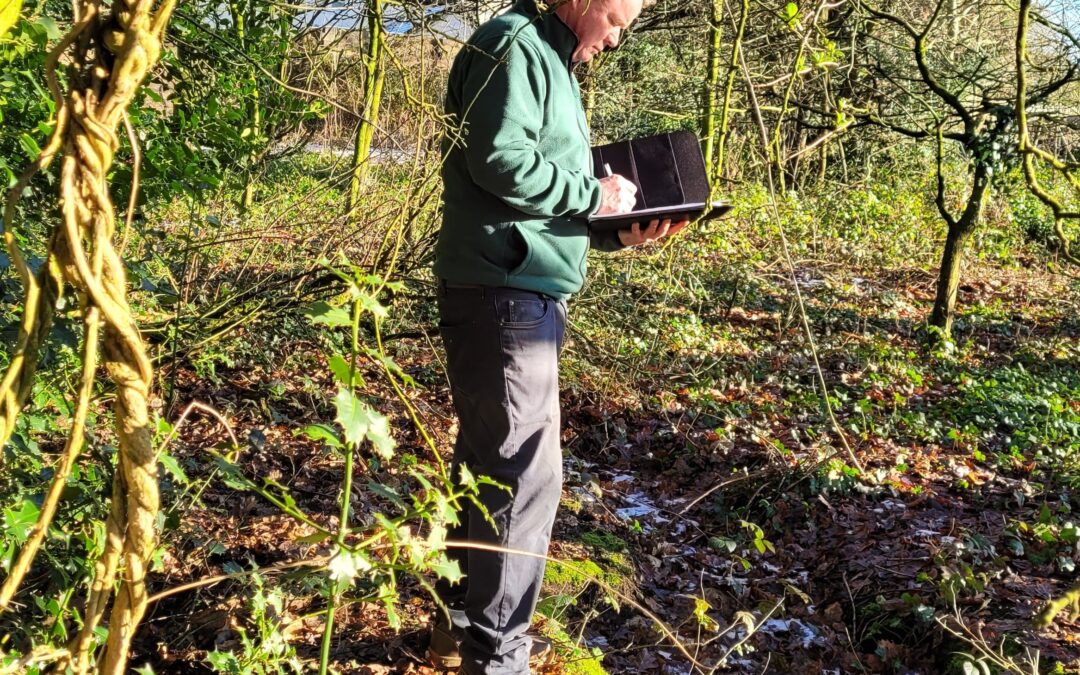The Destructive Impact of Japanese Knotweed on Wildlife and the Environment
Learn about the devastating effects of Japanese Knotweed on wildlife and the environment. Read on to understand why it is imperative to take action to control its spread.
Japanese Knotweed is an invasive plant that originated in Asia and was introduced to Europe and North America as an ornamental plant. Although its fast growth rate and dense foliage have made it popular for erosion control, the plant has caused widespread destruction to wildlife habitats and the environment. This article will delve into the dangers of Japanese Knotweed for wildlife and the environment.
The Threat to Wildlife
Japanese Knotweed poses a threat to wildlife in several ways. The plant grows so thickly that it crowds out other vegetation, reducing the food and habitat available to wildlife. This has resulted in the decline of many species, including birds and small mammals. The plant’s deep roots also make it difficult for other plants to establish themselves, further limiting the available food and habitat for wildlife.
Another threat posed by Japanese Knotweed is its toxic properties.
The plant contains chemicals that are toxic to both wildlife and humans. The chemicals have been shown to hurt the reproductive system, leading to decreased fertility and birth rates. This has severe implications for the survival of many species, particularly those already threatened or endangered.
The Danger to the Environment
The dangers of Japanese Knotweed to the environment are numerous. Firstly, its rapid growth and ability to spread quickly have made it difficult to control. The plant can grow up to 10 feet in just one season, and its roots can reach a depth of up to 7 feet. This makes removing it difficult, and even a tiny fragment of the plant can regrow into a full-sized plant.
Japanese Knotweed also poses a threat to river ecosystems.
Its deep roots can cause erosion and damage riverbanks, leading to increased flooding. The plant also reduces water quality by releasing chemicals into the water, which can harm fish and other aquatic life.
In addition to impacting river ecosystems, Japanese Knotweed also contributes to soil degradation. Its deep roots can compact soil, reducing its ability to absorb water and nutrients. This can result in reduced soil fertility and the decline of other plant species.
FAQs on The Dangers of Japanese Knotweed for Wildlife and the Environment
-
Is Japanese Knotweed toxic to humans?
Yes, Japanese knotweed contains toxic chemicals to both wildlife and humans. Although the plant is not fatal, ingesting it can cause digestive problems, skin irritation, and allergic reactions.
Yes, Japanese Knotweed can be controlled through physical removal and chemical treatment. However, it is essential to take care when removing the plant, as even a tiny fragment can regrow into a full-sized plant. Chemical treatment should only be carried out by a professional to minimise the risk of environmental damage.
2. Is Japanese Knotweed harmful to wildlife?
Yes, Japanese Knotweed is harmful to wildlife. It crowds out other vegetation, reducing the food and habitat available to wildlife. The plant’s toxic properties can also adversely affect the reproductive system, leading to decreased fertility and birth rates.
Japanese Knotweed is a dangerous invasive plant species that threatens wildlife and the environment. We must take action to control its spread and minimize its impact. This may involve physical removal and chemical treatment, carried out by professionals to minimize the risk of environmental damage. We must act now to protect our wildlife.
